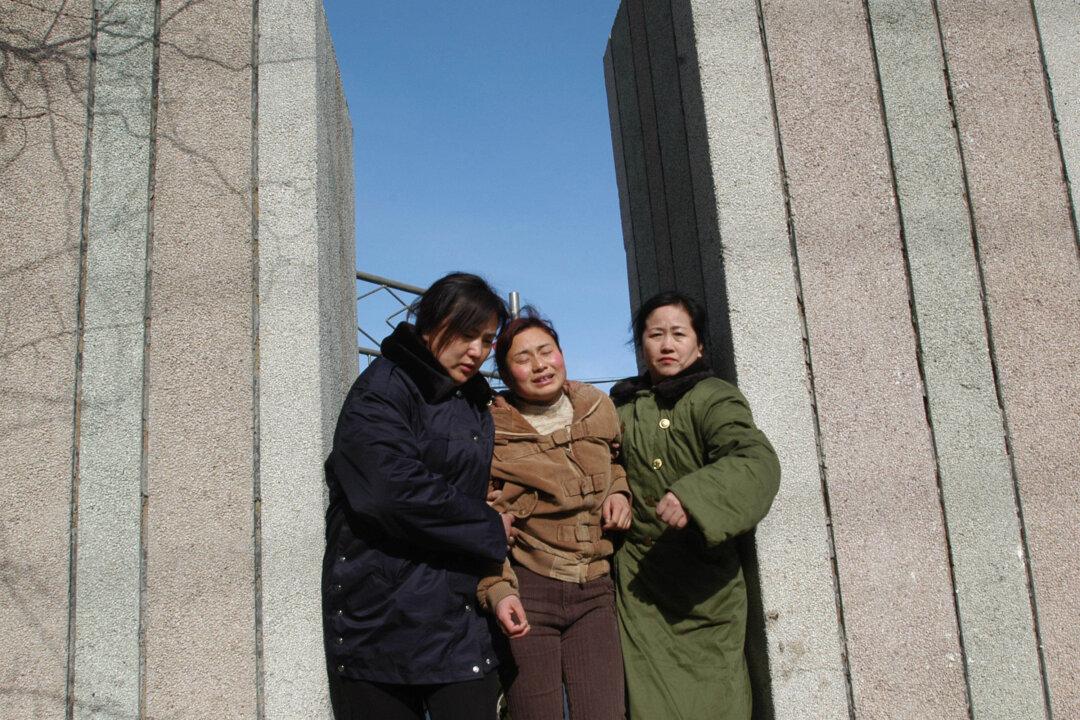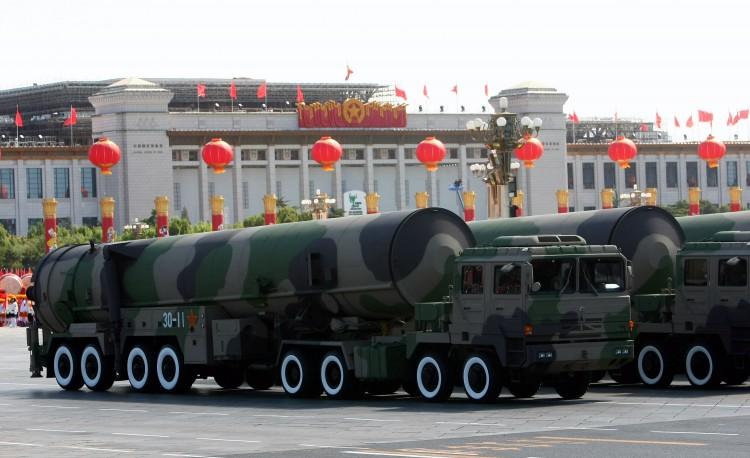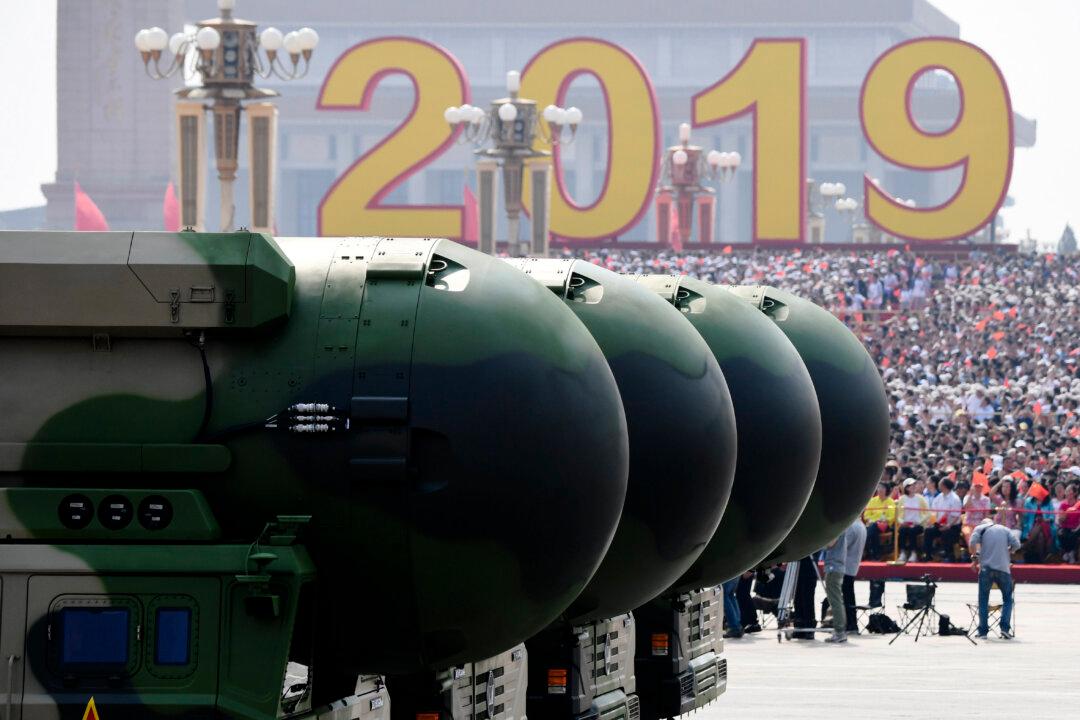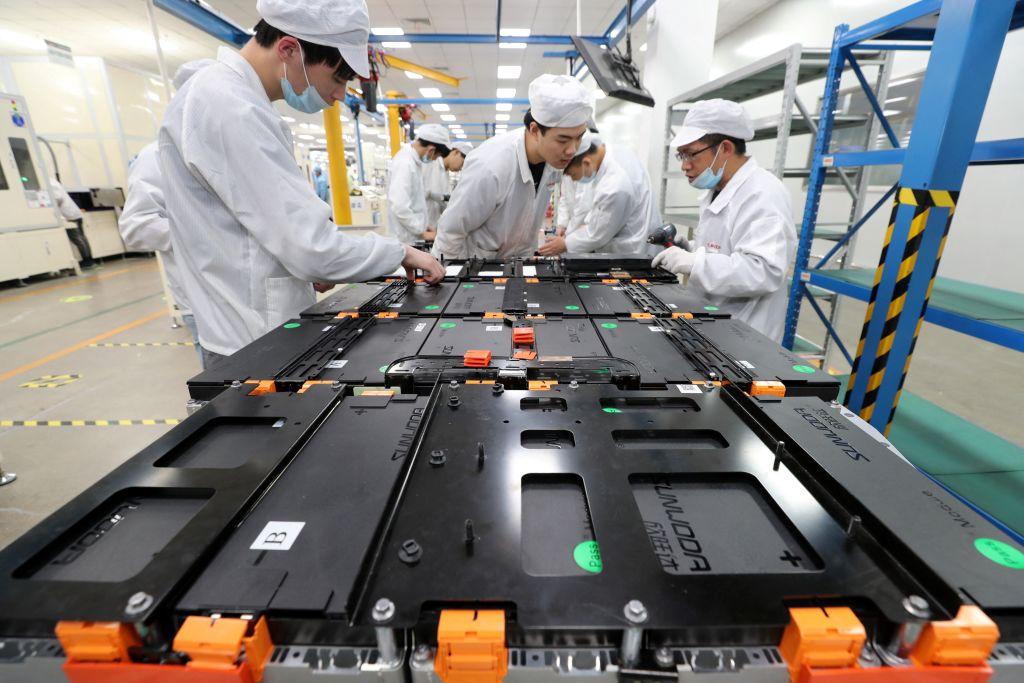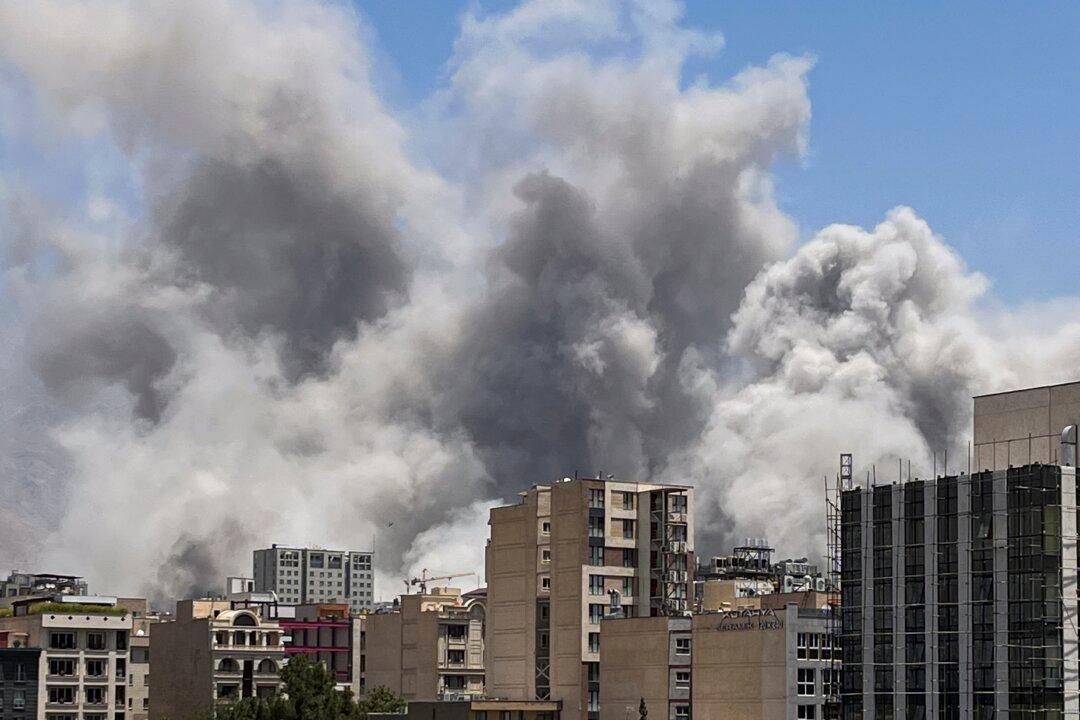In a trip to his former northeastern stomping ground this April, the Chinese regime’s second-in-command, Li Keqiang, bemoaned the sorry state of the stagnant industrial region.
“I used to work in the northeast and can be considered half northeasterner, so I don’t have to be too polite,” he said in a talk to officials in Changchun, the capital of northeast China’s Jilin Province, according to state media. “Your [economic] statistics indeed make me worry.”
As for “incompetent and lazy officials,” Li suggested that the Party “strike hard, publicly expose them, and resolutely criticize them!”
But the plight of the northeast—a land home to over 100 million people and the size of Great Britain, France, and Germany combined—is not just a matter of local concern. They are systemic ills, brought about by the weaknesses of Party control that plague China as a whole, such as corruption, economic inefficiency, and demographic decline.
